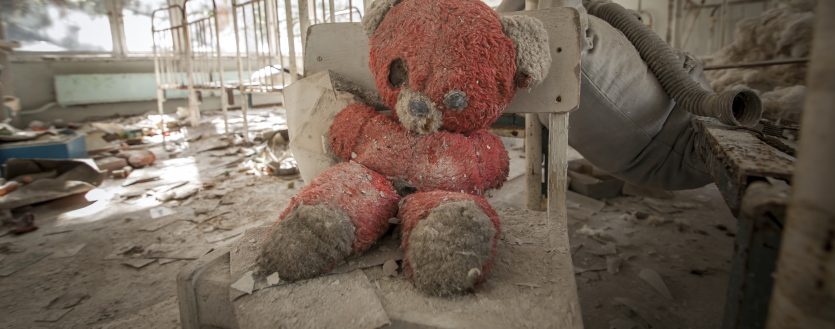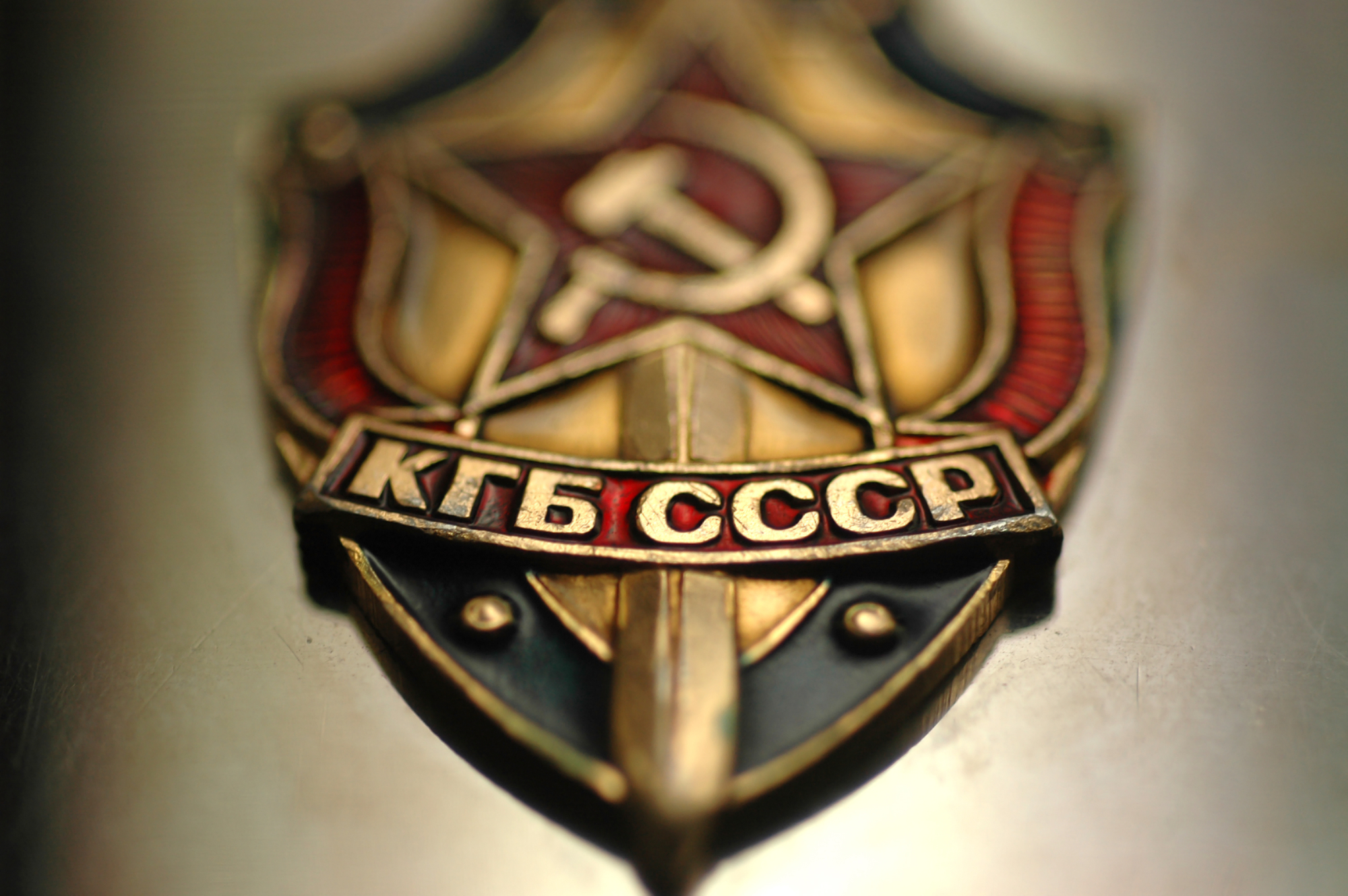
Paranoia
I get a little spooked when it comes to bad news in the points world. I used to joke about starting a blog called “Paranoid Points”. The website would be a stream of credit card and bank shutdown fears as well as news linked to dying deals and other bad mojo.
I’m not paranoid, just fairly conservative with most things in life. However, if I’m interested in something, I often attack it with a laser focus such as sports, learning a new skill, or achieving a goal that I have in mind. Putting in hard work and overtime to accomplish something has always been second nature to me. But there are somethings that I really am cautious with and perhaps the biggest of those is safety.
In less than 48 hours I’m leaving on a trip with a good friend of mine to Belarus, Ukraine and Poland. It will be my first visit to Belarus and Ukraine. In general, these places are extremely safe. However, there are some things that have popped up on my paranoia radar.
KGB
When the Soviet Union collapsed it’s security service eventually changed into Russia’s FSB. Things in Belarus really haven’t changed much in the last 30 years, even though Belarus declared independence in 1991 and broke away from the USSR. In Belarus, the State Security Organization is still called the KGB, and it’s run in much the same way it was decades ago. Darya Domracheva, a Belorussian Olympic Gold medalist at the Winter Games in South Korea reportedly worked for the KGB. Dozens of KGB agents have been sanctioned by the United States, and the European Union citing that the organization’s senior leadership play a “key role in human rights violations and political repressions in Belarus”. The KGB is also controlled by the president of Belarus, Alexander Lukashenko. I doubt the KBG has much of an interest in your average tourist, but I’m considering walking up to the KGB headquarters and asking if I could talk with someone to get an interview. I have a feeling that’s not going to be a welcome proposal.

Not a lot of smiles and laughs from the KGB in Belarus.
War
Unfortunately there’s still political related violence occurring in Ukraine. In 2013, pro-Russian forces started to seize key buildings, then areas, and finally entire cities inside Ukraine and declaring them “independent republics”. Protests quickly emerged in Ukraine’s capital Kiev, and spread to many other towns and cities across the country. Roughly 8,000 people have been killed, 30,000 wounded, and 1.5 million displaced.
Although a tentative ceasefire between Russia and Ukraine was agreed to in 2015, those terms have been violated many times and skirmishes occur to this day. Most of the major fighting and issues are in the East and South near the Russian borders, but a number of people have been killed and injured in other regions, including the capital Kiev, over the past few years.
Contract killings are also happening at alarming rates. Targeting military and political dissidents, contract killings have been pretty prolific since the outbreak of the war. Things seem much better in Ukraine over the past year or so, but tensions with Russia could easily flare up and create unwanted situations during my visit.
Downed Airplanes
Although it seems highly improbable, a Malaysia Airlines passenger aircraft from Amsterdam was shot down in a rebel held area of Ukraine that is close to the border with Russia. Everyone on board, or 298 people, perished in the crash. The surface to air missile that shot down the aircraft is directly linked with Russia. Thankfully downed planes are extremely rare, but with tensions still high, it’s not an impossible scenario to repeat.
UnPhotogenic
Belarus is basically ruled by a dictator. The country is largely a pawn in Russia’s European chessboard, and human rights take a back seat to control and order. Even properly documenting my trip with photos and videos will likely be an issue. Taking pictures of government buildings apparently isn’t allowed, and I’m guessing that walking around town, the metro, and near police, with a really nice video stabilizer probably won’t be liked much either. I’m worried my tech gear will get confiscated, or maybe I’ll get into a confrontation over my media choices. Any confrontation in a country where the state has all of the power isn’t a good idea, and a confrontation with the police is probably my biggest concern.
Nuke-d
Nuclear radiation is another concern of mine. Radiation is scary. Fearing radiation on a foreign trip is a new one for me, but it’s also a valid concern. I doubt radiation or fallout from nuclear facilities and exploded ordinances rests very long on the mind of the average citizen anywhere in the world, but it in this region of the world it probably should.
Most people remember the Chernobyl disaster in 1986, which let loose roughly 400 times as much radiation as the bomb dropped on Hiroshima. Over 10,000 people were killed and many more have since died of physical complications including various forms of cancer. Birth defects in the region were widespread too. A couple of powerful documentaries, Children of Chernobyl and Chernobyl Heart, examine some of the effects on children from the disaster. I have a friend who’s from southern Belarus. As a child, the government of Belarus sent her away to England where she lived with a foster family as a part of a protective program for children in the highest contaminated areas.
When the reactor at Chernobyl melted down, a radioactive uranium cloud mushroomed into the atmosphere and was then carried by the wind into the jet stream, first north into Belarus then further into Scandinavia. From there the cloud of poison circled back and tore through greater Europe, basically hitting every country before it made its way over the Atlantic Ocean and into the United States. Chernobyl fallout actually surfaced in the US too. Here’s a short video showing the radioactive path of the Chernobyl fallout.
Chernobyl makes me think about all of the other radiation out there. According to Wikipedia:
As of 1993, worldwide, 520 atmospheric nuclear explosions (including 8 underwater) have been conducted with a total yield of 545 megaton (Mt): 217 Mt from fission and 328 Mt from fusion, while the estimated number of underground nuclear tests conducted in the period from 1957 to 1992 is 1,352 explosions with a total yield of 90 Mt.
Here are the individual country nuclear explosion totals:
USA – 1032
USSR – 727
UK – 88
France – 217
China – 47
India – 3
Pakistan – 2
North Korea – 6
Here’s one of the most interesting short videos about the history of nuclear testing.
Where did all the fallout from these tests go? Into the air, ground, and water supply. Nuclear fallout isn’t pixie dust either. Eventually the radiation and fallout from the disaster will apparently be “safe” although I’m not sure when that will be, and I don’t trust government officials to tell me when that is.
Concerning radiation, I’m mostly concerned about the effects it has on the local food supply. If I come back glowing in the dark, well I guess I found my answers.
